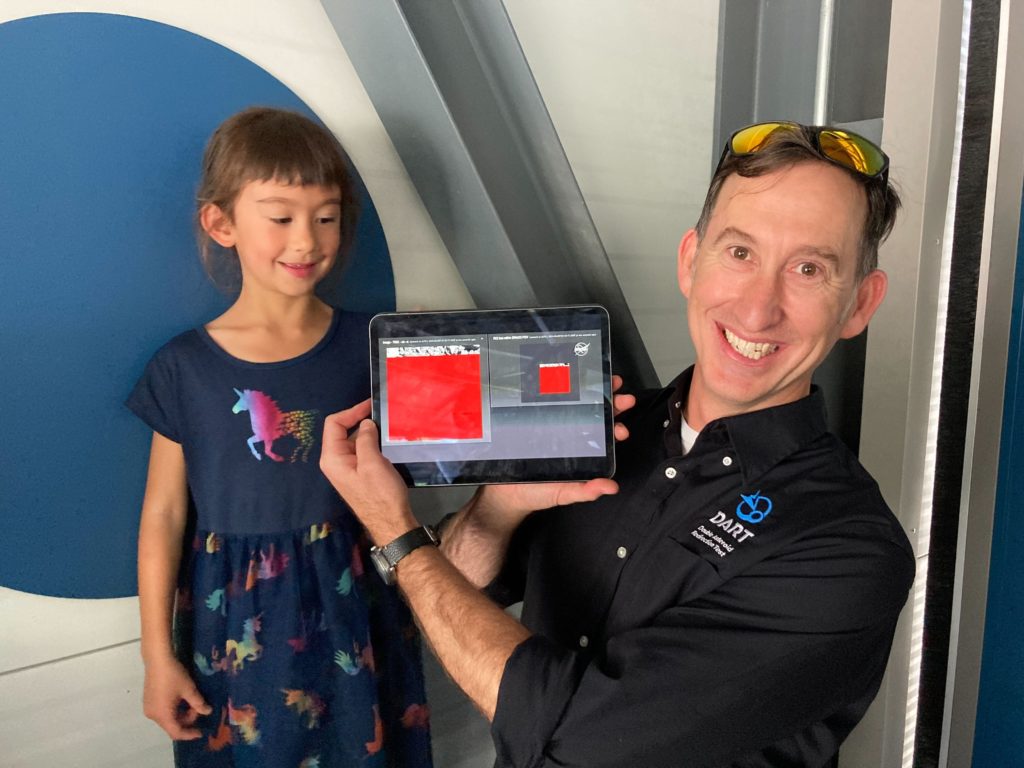
Astronomer Nick Moskovitz and his daughter pose with the final image captured by DRACO before impact. Credit: Kevin Schindler
NASA DART Mission a Success
On Monday, September 26, 2022, people all around the world watched live as NASA’s unprecedented DART spacecraft impacted the surface of asteroid Dimorphos the smaller member of the binary asteroid system Didymos. The excitement was palpable here on Mars Hill, where the Earth Strikes Back Impact Party was in full swing. Excited guests gathered around television screens to watch history unfold in real time — among them, Lowell astronomers Nick Moskovitz and Teddy Kareta, both of whom played vital roles on the DART mission. “It looked like everything worked perfectly… Those last couple of images were just incredible,” Moskovitz said in a statement to KNAU Science & Technology Reporter Melissa Sevigny.
“Thirty minutes ago it was dot, right?” Kareta added, “and then we got to see it become a world, and then the camera exploded. What a job we have, oh my god!”
Without context, the thought of crashing an expensive spacecraft into a rocky celestial body and celebrating it as a success is a strange one. But rest assured, this particular crash was very intentional—and could mean a safer tomorrow for our planet.
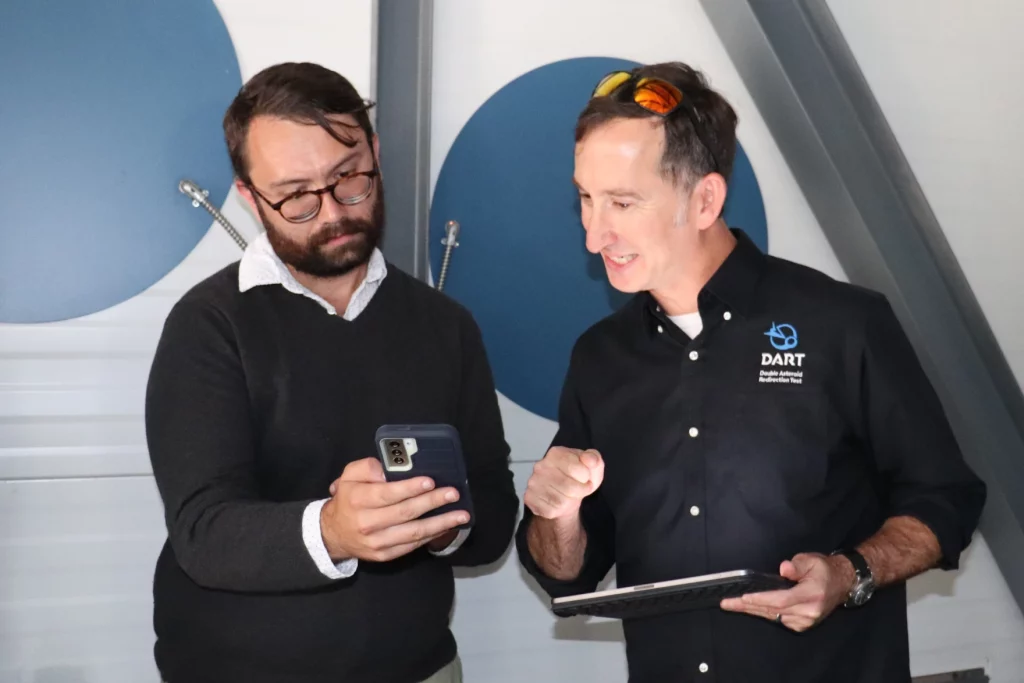
NASA’s Double Asteroid Redirection Test (DART) was launched from Vandenberg Space Force Base in November of 2021. Its mission: To assess the potential of using a spacecraft impact to deflect an asteroid. The spacecraft itself weighed in at 1,340 lbs, and carried with it a Sun sensor, a star tracking software called SMART Nav (Small-body Maneuvering Autonomous Real Time Navigation) and a 7.9″ aperture camera called DRACO (Didymos Reconnaissance and Asteroid Camera for Optical navigation). As planned, DRACO gathered images and sent them back to Earth up until the very moment of impact.
Moskovitz and Kareta will continue to study Dimorphos’s orbit and monitor for changes using the Lowell Discovery Telescope (LDT) located near Happy Jack, Arizona. Other astronomers will do the same from their respective observatories around the world. We here on Mars Hill can hardly wait to see the impact (pun very much intended) this mission will have on the future of planetary defense.
Stay tuned for the latest updates on the DART mission!
In the meantime, check out:

Star Stuff Podcast
Throwing DARTs: Exploring NASA’s Planetary Defense Mission
In this episode of Star Stuff, Cody, Hailey, Lowell Astronomer Dr. Nick Moskovitz, and DART Team Lead Dr. Cristina Thomas will discuss the ins and outs of NASA’s Double Asteroid Redirection Test (DART) mission.
More News
- Cosmic Community Corner: Bright Side Bookshop
 Discover the Charm of Bright Side Bookshop in Flagstaff, Arizona Nestled in the heart of historic downtown Flagstaff, Arizona, Bright Side Bookshop is more than just a place to buy books—it’s a vibrant community hub that welcomes book lovers of all ages. This independent bookstore has quickly become a beloved institution in Flagstaff, offering a… Read more: Cosmic Community Corner: Bright Side Bookshop
Discover the Charm of Bright Side Bookshop in Flagstaff, Arizona Nestled in the heart of historic downtown Flagstaff, Arizona, Bright Side Bookshop is more than just a place to buy books—it’s a vibrant community hub that welcomes book lovers of all ages. This independent bookstore has quickly become a beloved institution in Flagstaff, offering a… Read more: Cosmic Community Corner: Bright Side Bookshop - Temporary “New Star” Could Appear in the Sky Before the End of Summer
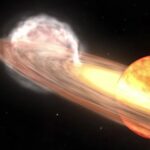 As you may have heard, stargazers may be treated to an unusual sight in the night sky at some point in the coming months: a nova, which will appear to the naked eye as a “new star” for a few weeks before it fades back to its normal brightness. But what exactly is this phenomenon,… Read more: Temporary “New Star” Could Appear in the Sky Before the End of Summer
As you may have heard, stargazers may be treated to an unusual sight in the night sky at some point in the coming months: a nova, which will appear to the naked eye as a “new star” for a few weeks before it fades back to its normal brightness. But what exactly is this phenomenon,… Read more: Temporary “New Star” Could Appear in the Sky Before the End of Summer - Celebrating the 2024 June Solstice
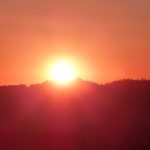 Though school is out and the weather is warming up, it hasn’t been summer just yet—at least, not from an astronomical standpoint. Today (June 20, 2024), those of us in the Northern Hemisphere will experience the longest day of the year. This astronomical event, called the June Solstice, marks the official beginning of the summer… Read more: Celebrating the 2024 June Solstice
Though school is out and the weather is warming up, it hasn’t been summer just yet—at least, not from an astronomical standpoint. Today (June 20, 2024), those of us in the Northern Hemisphere will experience the longest day of the year. This astronomical event, called the June Solstice, marks the official beginning of the summer… Read more: Celebrating the 2024 June Solstice - Lisa Actor Moves Toward Retirement
 By Kevin Schindler, Historian & Public Information Officer In 1928, Lowell Observatory found itself in dire need of someone to lead a renewed search for a new planet. Succeeding in this search would go a long way toward reestablishing the observatory as an important center for astronomical pursuits. Leadership found that person in Clyde… Read more: Lisa Actor Moves Toward Retirement
By Kevin Schindler, Historian & Public Information Officer In 1928, Lowell Observatory found itself in dire need of someone to lead a renewed search for a new planet. Succeeding in this search would go a long way toward reestablishing the observatory as an important center for astronomical pursuits. Leadership found that person in Clyde… Read more: Lisa Actor Moves Toward Retirement - Itinerary for A Summer Day at Lowell
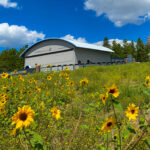 Itinerary for Summer Day at Lowell The weather is warming up and the days are getting longer. Since October, Lowell has been on its fall opening schedule: closed Monday and Tuesday, open noon to 10pm Wednesday through Sunday. As we shift into the summer season, the observatory will be open Mondays, Wednesdays, and Thursdays from… Read more: Itinerary for A Summer Day at Lowell
Itinerary for Summer Day at Lowell The weather is warming up and the days are getting longer. Since October, Lowell has been on its fall opening schedule: closed Monday and Tuesday, open noon to 10pm Wednesday through Sunday. As we shift into the summer season, the observatory will be open Mondays, Wednesdays, and Thursdays from… Read more: Itinerary for A Summer Day at Lowell